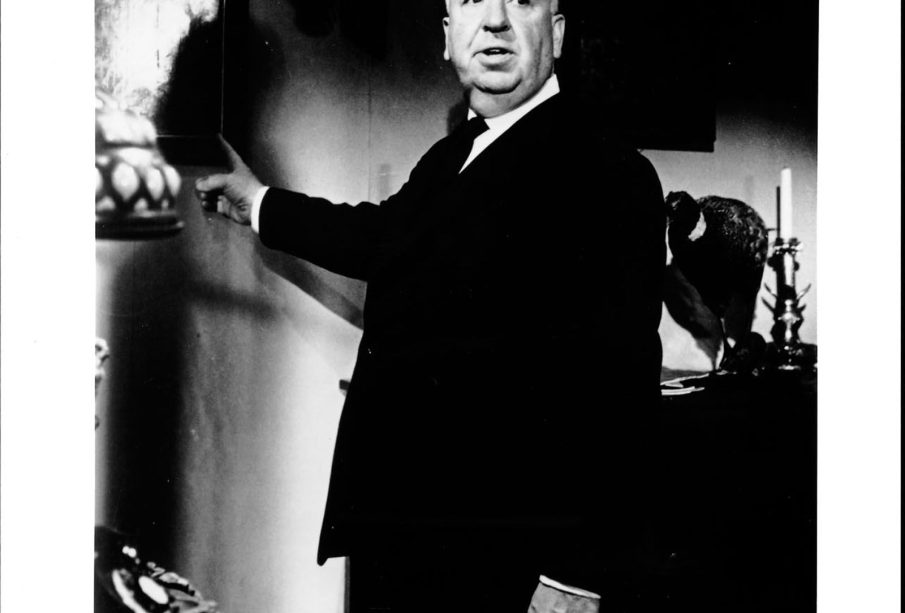Exploring Alfred Hitchcock’s Psycho: A Horror Classic

Introduction
Alfred Hitchcock’s Psycho, released in 1960, is often regarded as one of the most influential films in the horror genre. Its significance extends beyond mere entertainment; it challenged and changed cinematic norms, influencing filmmakers and setting a new standard for psychological thrillers. The film’s themes of identity, madness, and morality continue to resonate with audiences today, keeping it a relevant topic for both film buffs and scholars alike.
The Plot and Characters
Psycho revolves around Marion Crane, played by Janet Leigh, who steals a large sum of money and ends up at the eerie Bates Motel. There, she encounters the enigmatic Norman Bates, portrayed by Anthony Perkins, whose duality as a charming motel operator and a disturbed individual serves as the film’s crux. The infamous shower scene, which showcases shocking violence and masterful editing, forever altered the portrayal of violence in cinema, contributing to the film’s legendary status.
Stylistic Innovations
Hitchcock employed groundbreaking techniques that enhanced the psychological pressure felt by viewers. The use of black and white photography, juxtaposition of sound and silence, and the innovative score composed by Bernard Herrmann built a sense of dread that was unprecedented at the time. The film’s marketing strategy, where Hitchcock insisted that no one be allowed to enter the theatre after the film began, added to its mystique, making Psycho a cultural phenomenon.
Critical Reception and Legacy
Upon its release, Psycho received mixed reviews, with some critics failing to appreciate its radical approach to horror. However, it quickly became a box office hit and garnered a reputation that only grew over the ensuing decades. Today, it is widely studied in film courses and hailed for its complex themes, moral ambiguities, and artistic techniques. In 1992, it was the first horror film to be added to the National Film Registry, signifying its historical and cultural significance.
Conclusion
Alfred Hitchcock’s Psycho is more than just a film; it is a pivotal moment in cinematic history that exemplifies the potential of the horror genre to explore deep psychological themes. Its impact is seen not only in the realm of horror but also in the broader scope of storytelling in film. As audiences continue to revisit this classic, it remains a cornerstone of cinematic art and a source of inspiration for filmmakers around the globe.









